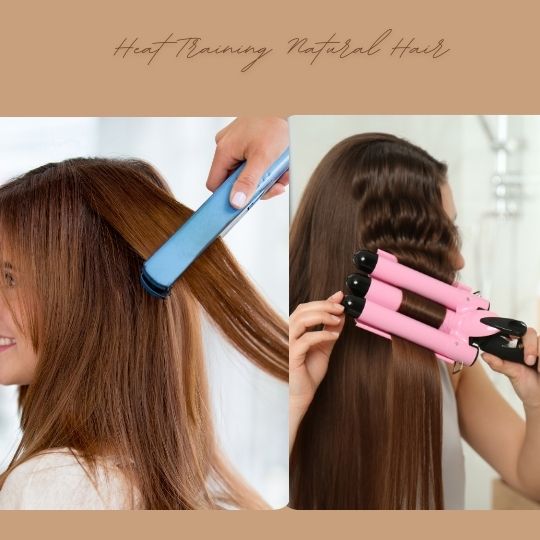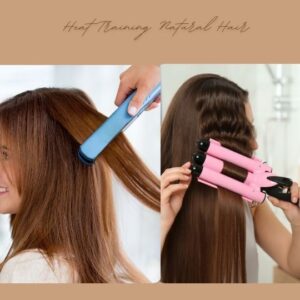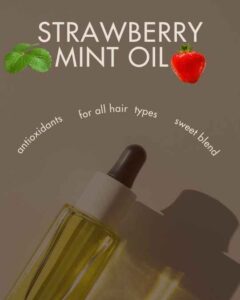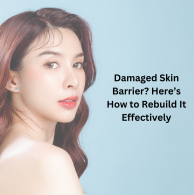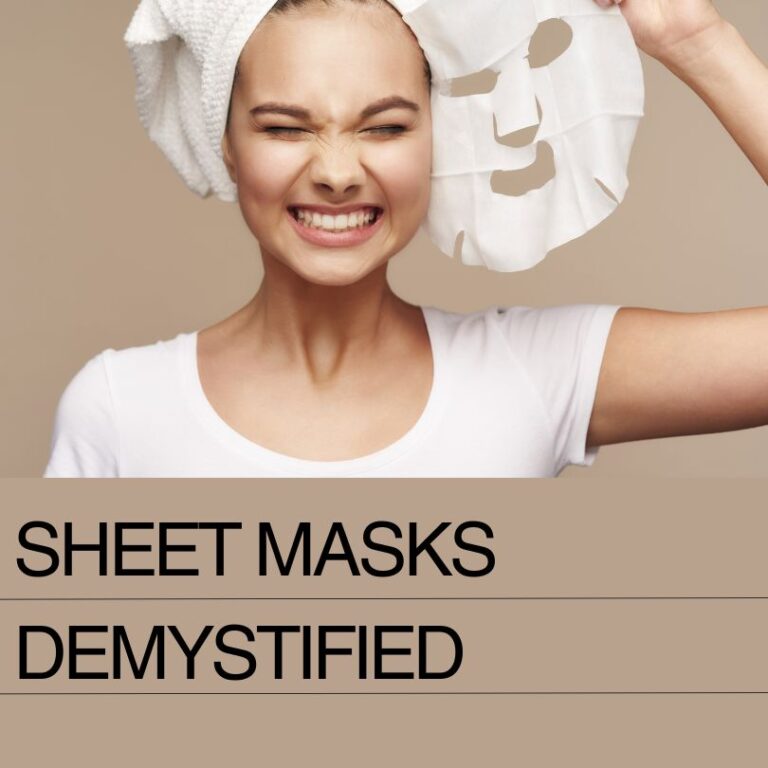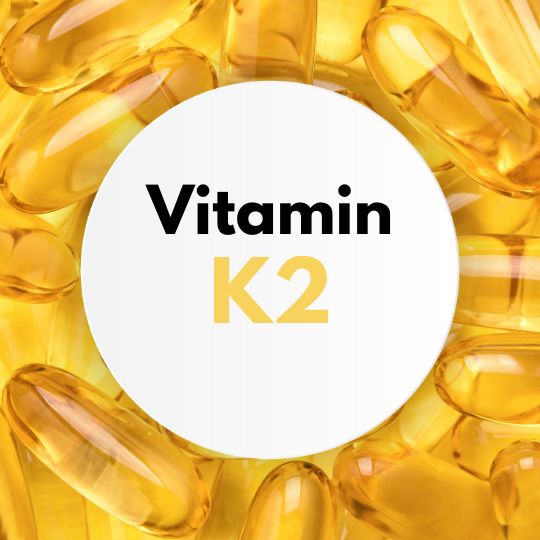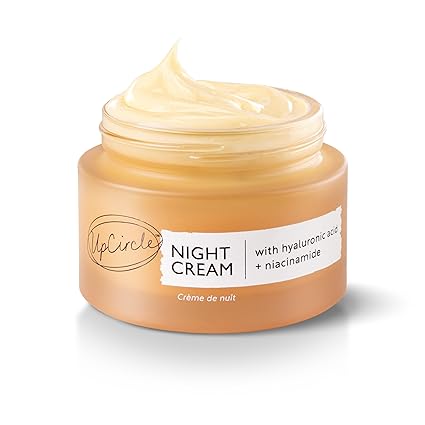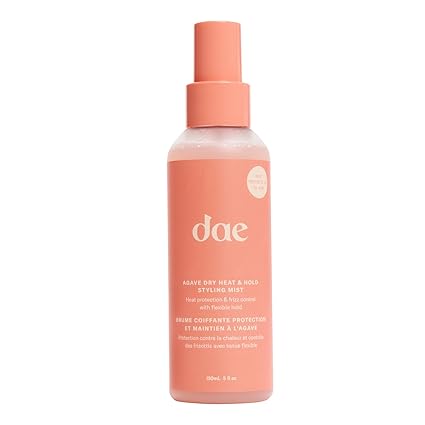Heat Training Natural Hair: Everything You Need to Know
Ever wondered what your natural hair might look like with a touch of heat without going all-in on chemical straightening?
Heat training could be your answer! Imagine Ever wondered what your natural hair might look like with a touch of heat without going all-in on chemical straightening?
Heat training could be your answer! Imagine looser curls, less shrinkage, and the kind of manageability that makes styling a breeze. But wait it’s not all smooth sailing. There’s a fine balance between transforming your tresses and risking damage. Ready to dive in?
Let’s get to know the secret of heat training, how your hair’s porosity can help, must-have products, and tips on how to keep the hair healthy in this process of styling.
Table of Contents
ToggleWhat is heat training?
Heat training is the regular use of heat tools like flat irons or blow dryers to loosen the natural curl pattern over time. It’s unlike chemical relaxers because you still retain some of your curl pattern but can handle it more easily.
It’s important to distinguish heat training from occasional heat styling. Heat training is a consistent process where your curls gradually become looser. However, it comes with a fine line: overdoing it can lead to permanent heat damage.
Hair damage caused by heat occurs at multiple layers of the hair structure, affecting its integrity and health. Here is a breakdown of how heat can impact each layer of the hair strand:
The hair structure
The cuticle is the protective outer layer of hair, made from overlapping scales that protect the inner structure. High heat can break off or crack the layers of the cuticle, making hair more prone to breakage, frizz, and loss of moisture. This is quite commonly manifested as dullness or roughness when repeatedly exposed to heat. It contains strength, elasticity, and pigment or color. Prolonged or high heat can break the protein bonds in the cortex, thus resulting in a permanent alteration of the curl pattern or hair structure. This can result in weaker, brittle strands and potential hair breakage. Use moderate heat settings and incorporate protein treatments to rebuild broken bonds.
The medulla is the innermost layer of the hair strand, primarily found in thicker hair types. It serves as a structural core but is present in all hair strands.
Damage to the medulla is rare but possible with extreme heat. When this layer is affected, the hair can lose its strength and may become hollow or prone to complete breakage.
High vs. Low Porosity Hair in Heat Training
Knowing your hair’s porosity is very important before starting heat training since it affects how it reacts to heat and absorbs products.
High Porosity Hair
High Porosity Hair absorbs moisture relatively easily and lets it go as fast. Often has raised cuticles due to damage or genetics. High porosity hair is more prone to heat damage because it’s already fragile. Use heat protectants generously and deep condition frequently to repair and strengthen hair.
Low Porosity Hair
Low Porosity Hair repels moisture, has tightly packed cuticles, and dries slower. Low porosity hair is less likely to suffer immediate damage but requires more effort to ensure that heat protectants penetrate well. Use lightweight heat protectants and apply moderate heat for better absorption.
Steps for Safe Heat Training
- Start with Clean Hair: Use a clarifying shampoo to clear the buildup 1 time in a week. This ensures that heat protectants and styling products work effectively.
- Deep Condition: Always deep condition to restore moisture and strengthen hair before applying heat.
- Apply a Heat Protectant: A heat protectant creates a barrier that reduces moisture loss in the hair. It protects like a shield hair from high temperatures.
- Use High-Quality Heat Tools: Invest in tools with adjustable temperature settings to avoid overheating.
- Start Low and Go Slow: Begin with lower heat settings and gradually increase as needed. Avoid exceeding 400°F, as higher temperatures can permanently alter your curl pattern.
- Limit Frequency: Heat training doesn’t mean daily heat use. Stick to once every 2-3 weeks to allow your hair to recover.
- Seal and Protect: After heat styling, seal in moisture with a lightweight oil or serum.
Risks and Precautions
While heat training offers benefits, it’s essential to recognize the risks:
Overuse of heat can permanently straighten your curls, resulting in uneven textures.
High temperatures weaken the hair shaft, making it prone to snapping.
Frequent heat exposure can strip hair of its natural oils.
Key Ingredients to Protect Your Hair From Heat Damage
If you love heating styling but want your hair healthy and damage-free, choosing the right products with the right ingredients is the key. Here’s a breakdown of some powerhouse ingredients that may well protect your strands and even repair damage caused by heat.
Silicones
Dimethicone, Cyclopentasiloxane, and amodimethicone work as a barrier that defends your hair from the intense style. It protects the hairs by locking the moisture while reducing friction from styling.
Where to find them: Heat protectant sprays and the smoothing serums along with the leave-in conditions with ingredients as described above.
Proteins
Healthy hair requires building blocks like keratin, hydrolyzed wheat protein, and silk protein. Such proteins repair broken bonds, add strength to the hair shaft and make it more resistant to heat damage.
Where to Find Them: These are some of the most common proteins in treatments and deep conditioners that help in strengthening masks.
Oils
Multitaskers, and natural oils such as argan oil, coconut oil, and grapeseed oil add shine and moisture to hair while providing a degree of natural heat resistance. In the case of grapeseed oil, the high smoke point makes it excellent for heat styling.
Where to Find Them: These nourishing oils are often found in products labeled as heat protectants, hair oils, or lightweight serums.
Humectants
Humectants, including glycerin, panthenol, and honey, help attract moisture to your hair and reduce the dryness caused by hot tools. They hydrate and smooth out your strands.
Where to Find Them: These are found in most leave-in conditioners, hydrating serums, and hair masks.
Bond-Building Ingredients
Ingredients such as bis-aminopropyl diglycol dimaleate (the magic behind Olaplex) and arginine are game-changers for damaged hair. They work to repair and rebuild broken bonds in your hair that excessive heat has broken down, restoring strength and elasticity.
Where to Find Them: Bond-repair treatments like Olaplex or K18 are your go-to products for serious heat recovery.
Antioxidants
Antioxidants such as vitamin E, green tea extract, and grapeseed extract protect your hair from free radical damage caused by heat and environmental stressors. They also promote overall hair health and shine.
Where to Find Them: You’ll find these ingredients in serums, oils, and lightweight leave-in sprays.
Ceramides
Ceramides are like hair’s adhesive that holds together your hair cuticle. This strengthens and helps repair the layer of the cuticle so it can seal in the moisture and help prevent further damage to your hair from additional heat.
Where to Find Them: Try searching for ceramides in hair masks, deep conditioners, and leave-in treatments.
READ MORE:
10 Ways LANZA Neem Plant Silk Serum Can Repair and Nourish Your hair
How to Properly Wash Your Hair: A Step-by-Step Guide for Healthy, Shiny Locks
Conclusion
Heat training natural hair is a journey that requires patience, care, and commitment to minimizing damage. Once you understand your hair’s porosity and use the right products, you can enjoy the benefits of looser curls or straighter styles while keeping your hair healthy.

